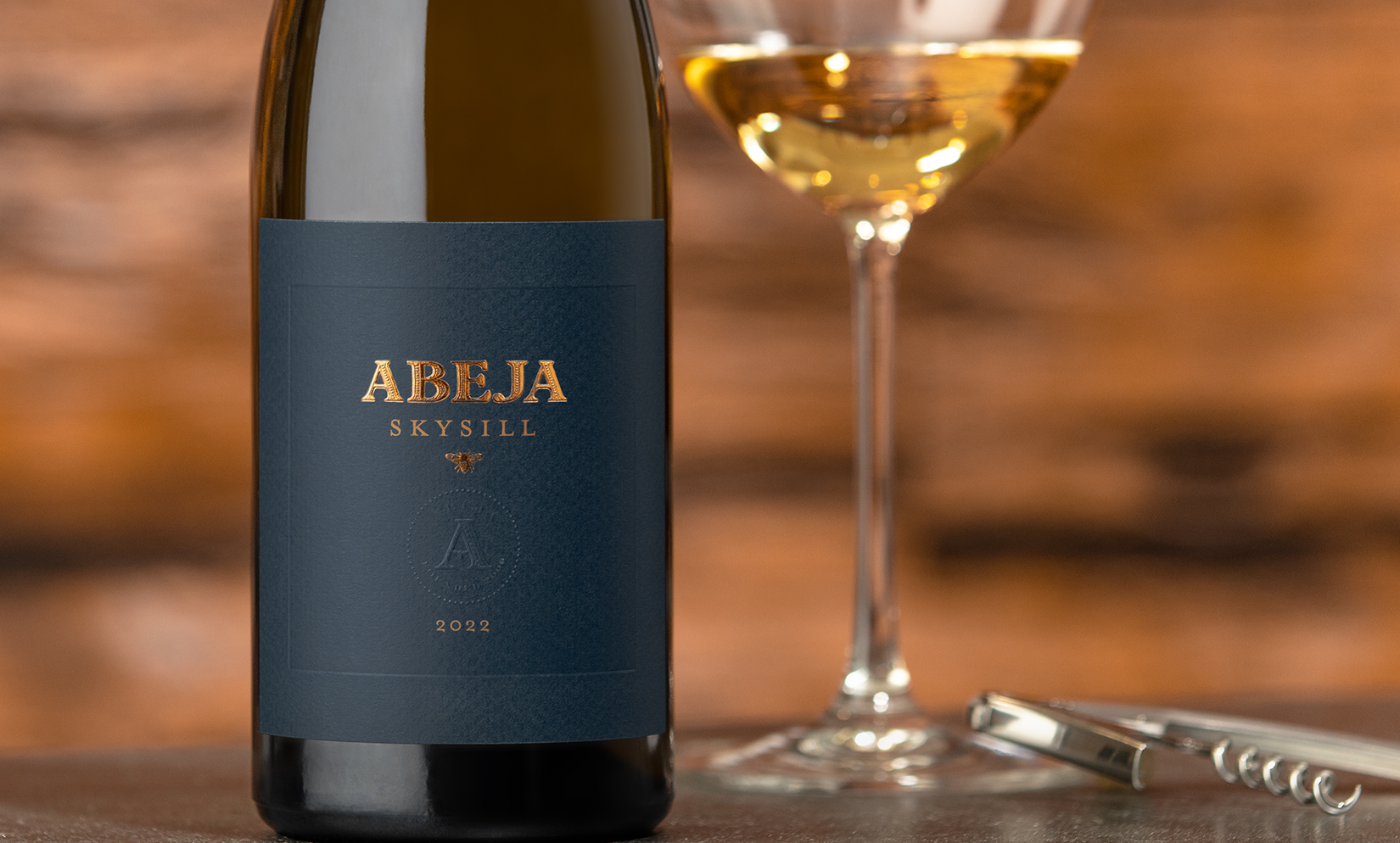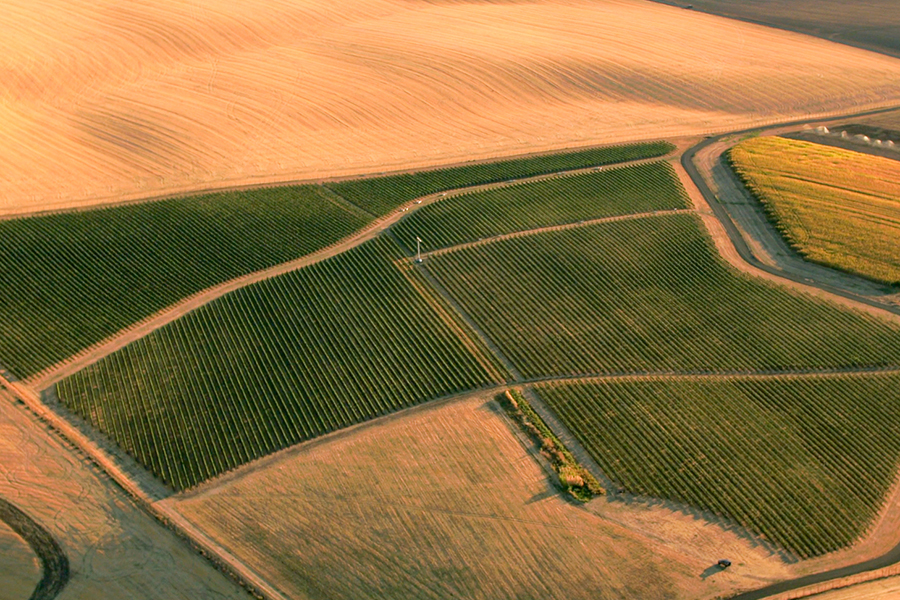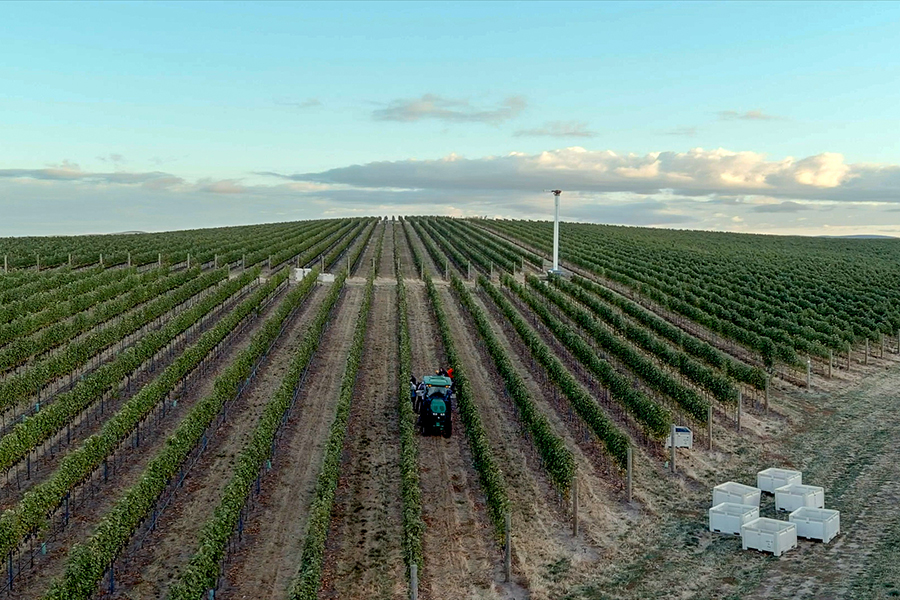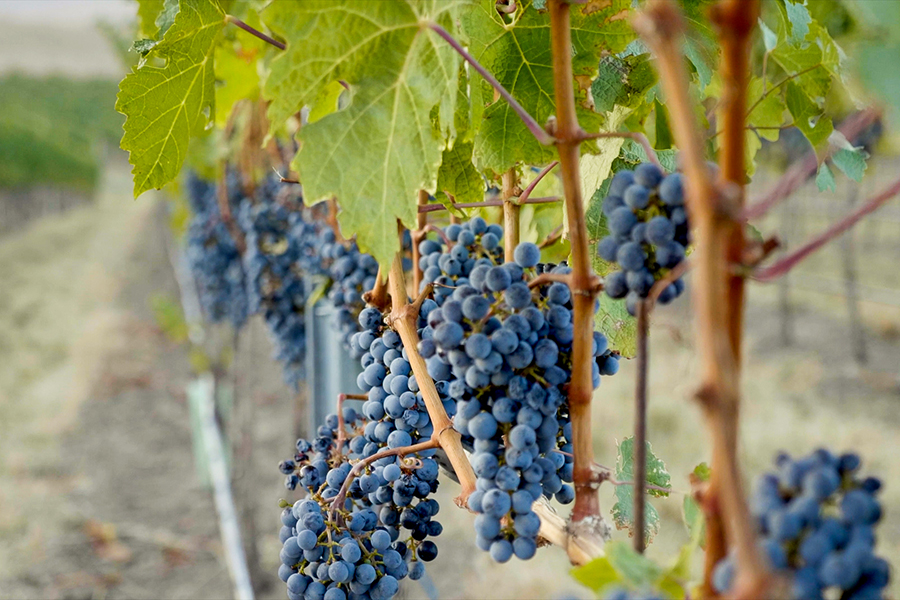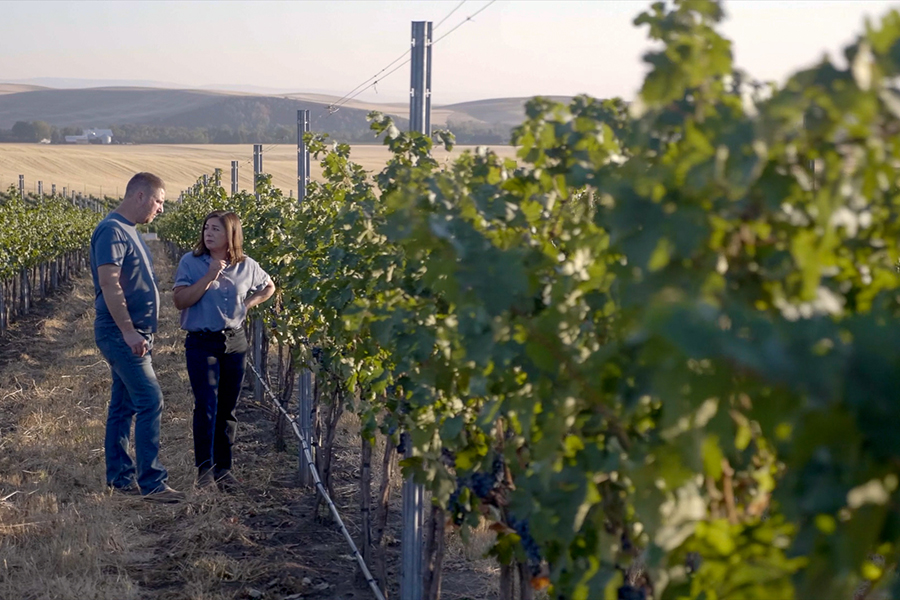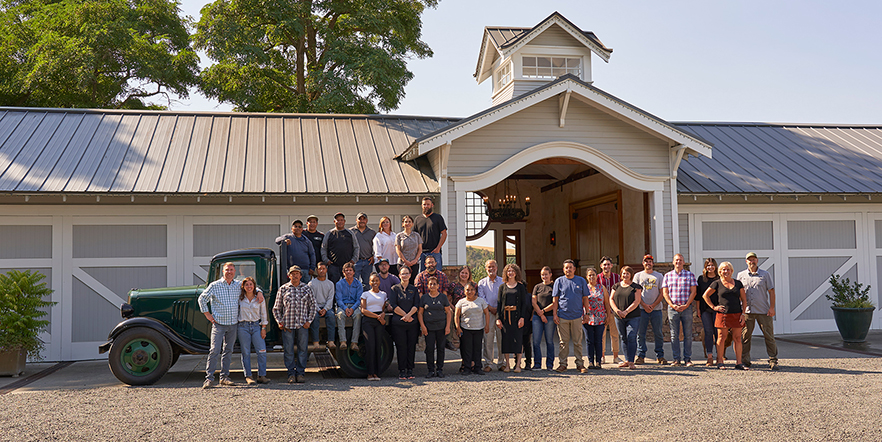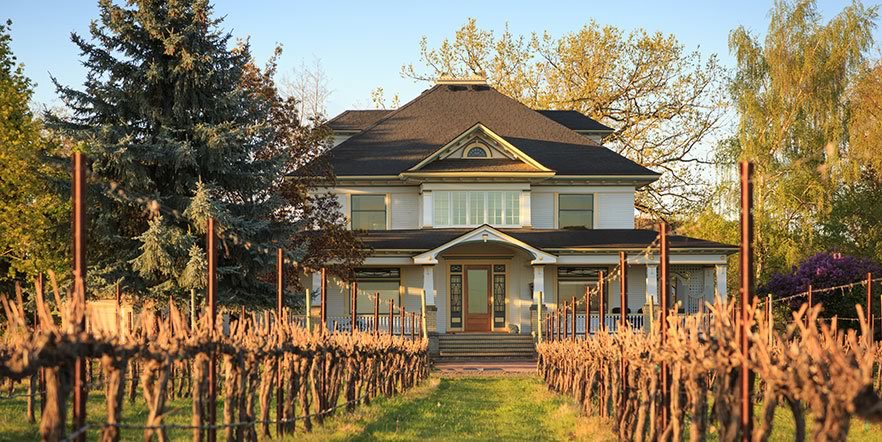- WINES

Learn how to access Abeja's most sought-after wines.
- Tastings
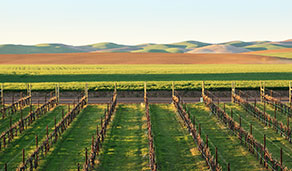
Visitors and guests of The Inn at Abeja are welcome to sample renowned Abeja wines by appointment.
- Stay
The Inn at Abeja
Amenities & Services
Explore Walla Walla
Inn Guest Dining
Gift Certificates
Policies & Accessibility

The Inn at Abeja's office is now located in the Carriage House, a spacious, welcoming area for guests to check in, relax, and browse the Abeja Mercantile.
- DINE
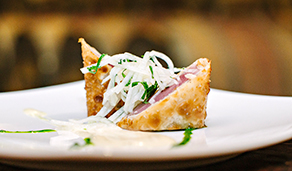
James Beard-nominated Chef Mike Easton brings his culinary mastery to the table with a prix fixe menu celebrating fresh Northwest ingredients.
- Private EVENTS

Wine country weddings, elopements, corporate retreats, and intimate dinner parties among the vines are all possible at Abeja.
- STORY


